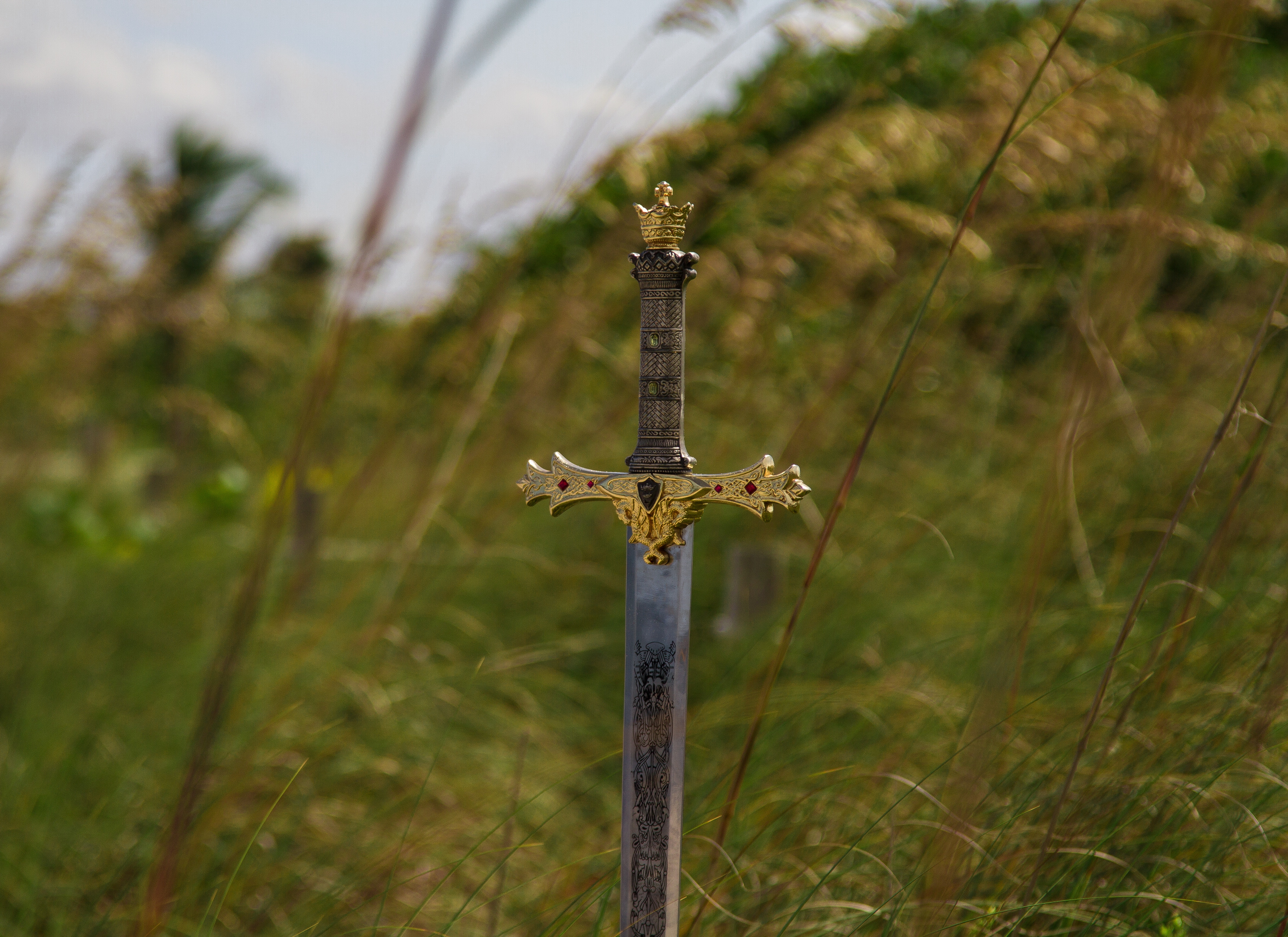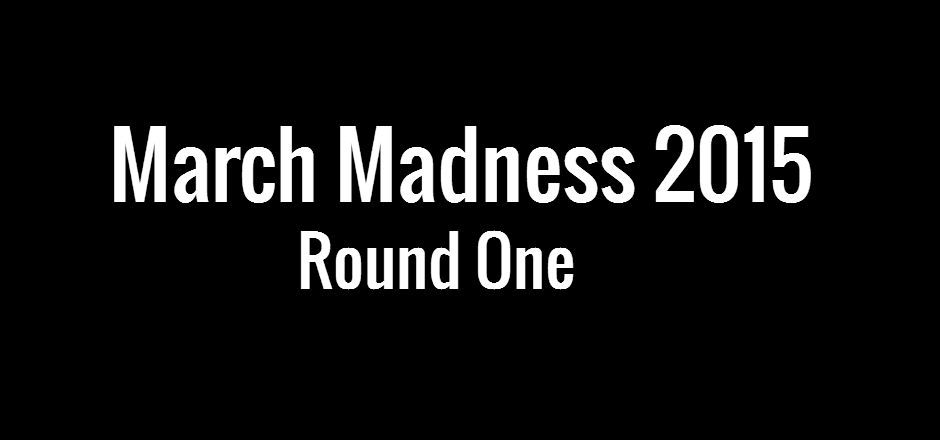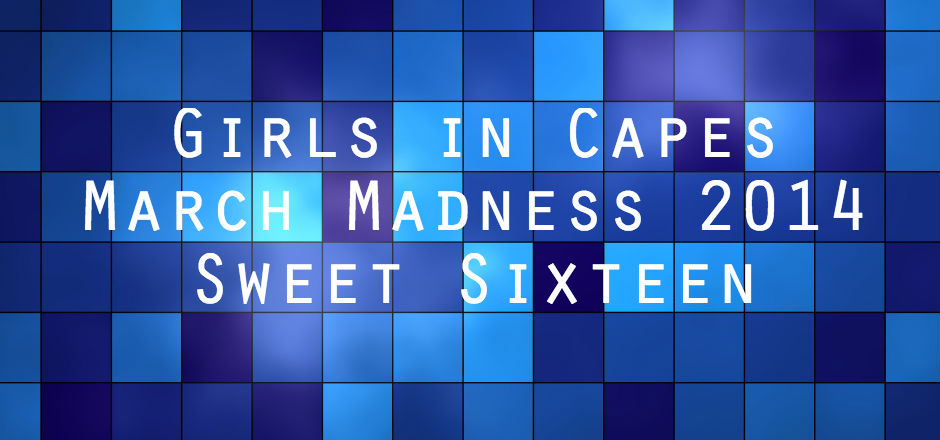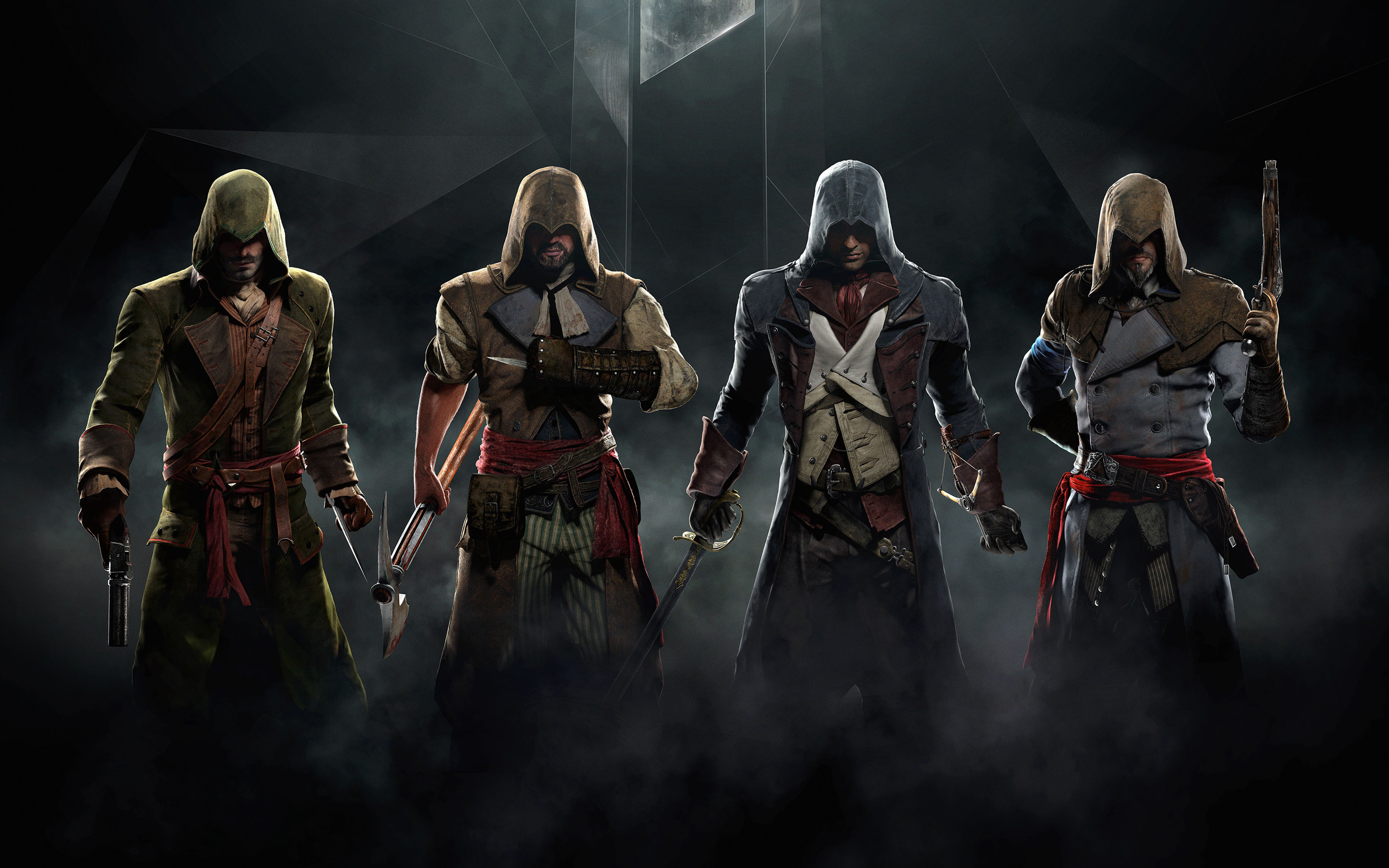Part Two: Adolescence
This is the second in a three part series. You may read the first part here. Please note names have been changed to protect the identities of those discussed.
—
I started my middle school career praising Kel’s independence, parading through cul de sac after cul de sac on a hunt for the Good Candy in my emerald-colored tunic. By the end of middle school though, my tenure there had became something much darker, my love for strong women and current affinity for medieval fantasy twisted into a disoriented freefall best represented by the oil-stained, Two Towers-themed popcorn bag that hung in my locker, Aragorn looking irresolute in the center with Arwen and Éowyn on either side, curling at the edges.
Falling in love with The Lord of the Rings was an inevitability for me as I made the transition from elementary to middle school (“you’re a pre-teen now!” my mother would exclaim excitedly, between presenting me with a copy of American Girl’s A Smart Girl’s Guide to Boys and shoving me against our bathroom wall, fingers digging into the whiteheads dotting my temples). Reading about medieval fantasy was one thing, but seeing it play out in front of me was something else entirely — especially when Liv Tyler, long, dark hair splayed out behind her in the wind, was a better horseback rider and savior to a poisoned Frodo than the rugged Strider. My dad and I saw The Fellowship of the Ring four times in theaters, and to this day, every time Arwen raises Hadhafang over her head and declares “if you want him, come and claim him,” I can’t help but find myself mouthing along. Much to my mother’s horror, my dad got me my very own Hadhafang for my 13th birthday, the metal at the hilt inscribed from him to me, and it’s still one of the best gifts I’ve ever received. (Also to this day, when we rewatch The Lord of the Rings every New Year’s, my dad will, without fail, bring Hadhafang out from the study and say Arwen’s words along with her.)
For me, Hadhafang — and the films’ Arwen — was also about something much more than besting the Nazgûl. Her strong womanhood had won me over, but it was something more unexpected that pushed a dogged investment past the point of no return: her relationship with Aragorn. I had been angry and betrayed when Alanna entered into relationships with men, even perturbed when Kel did it, but as Arwen pledged her love for Aragorn in secret on a bridge in Rivendell, I was enraptured. Arwen was in love with someone she wasn’t supposed to be in love with, and she knew it, and she loved them anyway. She was in love with someone who would make her life so much harder for loving, someone who would fundamentally change the life she knew, the life she was supposed to have, and she loved them anyway. Arwen persisted in her love for Aragorn, put herself on the line for it, and believed in its rightness even when someone in her own family told her it was wrong.
Hindsight is 20/20.
When The Two Towers came out, I would have welcomed the arrival of Éowyn into my life with open arms — today, more than any of the women who made me what I am, I am most indebted to Éowyn — if not for her obvious interest in Aragorn. Instead, I regularly greeted her with a vehement fury. When she stood on the steps of Rohan in a white dress, I mused that I would like to throw ketchup on it. When she declared her greatest fear to be a cage, I laughed to my friends that I’d love to trap her in one. When she dared speak to Aragorn, I hissed.
It felt to me as if my own survival was tied to the success of Arwen and Aragorn’s relationship: after everything, it had to survive, I needed it to survive, even if I didn’t know why. It certainly wasn’t anything I saw in Aragorn; instead, it was that Arwen had put so much of herself into it, violated so many norms, staked her very life on loving someone she wasn’t supposed to. Anyone who threatened that, no matter who or how ideal they were, was the enemy. Even if the enemy looked like me, was strong like me, and shared more with me than Arwen ultimately did.
The Two Towers is my favorite Lord of the Rings movie today, for very different reasons, but at 12 years old, it was my least favorite, and it had done something much worse: it taught me, someone for whom strong women had become not only an ideal but even more so a means of survival, to hate strong women.
While there is strength in integrity, the Arwen of Fellowship had gone, Liv Tyler relegated to lying on a bed and crying solitary tears, and the only woman wielding a sword, standing strong with the men, and subverting all expectations was Éowyn. But I didn’t want success for Éowyn, didn’t want her to be happy, and shirked any shared experiences. I didn’t want to be like her. I wanted Arwen and Aragorn’s forbidden romance to succeed and thrive unimpeded. I needed them to live happily ever after.
They did in The Return of the King, and while I snubbed Tolkien’s novels for the lack of women, strong or otherwise, I did memorize the paragraph describing Arwen and Aragorn’s wedding day, rereading it again and again every night before bed. I felt less angry at Éowyn, and became more open to recognizing her strengths. I dressed up as her when Cecelia and I went to see Return at midnight. But damage had been done, and it would be a long time before I came to reconcile Éowyn of Rohan, and forgive strong women for being simultaneously too threatening in their strength and too openly emotional.
It would be longer still until I would let myself be both.
In fact, it hasn’t happened yet.
—
I was in junior high when I first heard the word “bisexual.”
Lying on my stomach on my bed at my dad’s house, underneath a massive wall covered in Lord of the Rings art and magazine clippings that my mother would have never allowed, I was talking to Mary, a new friend from a new school — junior high — on AOL Instant Messenger. I don’t remember what had prompted it, but at one point in our conversation she’d typed “i’m bisexual,” and my immediate response had been to frantically search for the definition of the term, having never heard it before.
The internet promptly told me it meant someone who likes both men and women, and without even thinking about it, the first thing I did was tab back over to our chat window and say “me too.”
And that was that.
It wasn’t something I’d had to think about, but it wasn’t something that I’d always consciously known. It was clear I didn’t like boys the way my friends did, and I wasn’t particularly invested in relationships, save for Arwen’s and Aragorn’s. I had always been drawn to women, but that was because they were strong, and I was strong, and I liked strong women. I had dated a boy out of obligation in seventh grade — this was what was supposed to happen — and my mom had rewarded me for it with new clothes and some money. (He and I never even made it to our date, going to the movies, before it was cancelled.)
Girls liked boys, full stop. That was all I had ever known. Men could like other men too, that was called gay, but that was it. I would like boys too, I told myself, I just hadn’t met the right one yet. My mom had told me this was fine, but to get a “practice boyfriend” in the meantime. I was 13.
But when I read the definition of “bisexual” — that anyone could like men and women — it just clicked. I liked boys because I had to, and that’s what all girls did, but I could also like women. And I did. I definitely did.
It was like learning that I, like most humans, have five senses. They’re senses we’ve been using our whole lives, but none of us were ever aware of them until someone told us that we see, taste, smell, touch, and hear. We had no idea that our entire perception of the world had been shaped by these senses, that they had been and would continue to determine the experiences that make up the entirety of our being, that they help make life worthwhile.
Imagine living without that.
—
Mary was the only other queer person I knew, and so our dating was an inevitability that soon came to fruition. We saw each other most at school, and then at near-weekly sleepovers with the rest of our friends. We hardly ever had one-on-one time alone; my mother — who certainly didn’t know we were dating, or that I had ever even heard the word “bisexual” — didn’t like her, or driving me to or from my friends’, so our time was limited to the weekends I was with my dad, which were already limited themselves. Cell phones were still scarce enough that made it unlikely anyone who hadn’t yet reached adulthood had one, and text messaging wasn’t a thing, so the majority of our conversations happened online, over Instant Messenger, and we told each other about our lives through entries on LiveJournal.
The internet became a safe haven for us, a permanent place for us to connect and talk and explore and learn that was always there, except when my mother, angry at how much time I spent on the computer, would disconnect the internet and hide the modem when she left for work each morning.
It wasn’t a place to learn everything, though. I had learned a lot from movies and TV and books and comics and now the internet, and a lot about the kind of person I wanted to be. I learned how to be strong, how strong women dressed and the kind of moralities they carried, and I learned how strong women died. I learned that they couldn’t have it all. For all I’d learned, though, nothing had taught me — correctly or not — about how women are with other women.
I didn’t know what a healthy relationship was like, or what any relationship was like. I didn’t know what was okay alone, and I didn’t know what was okay in public. I didn’t know to even question whether or not we were safe in public, let alone how to assess it. I didn’t know how to fight or make up or talk about feelings. I didn’t know how to break up, which is why it happened half over the early days of SMS and T9, and half via LiveJournal comments.
I didn’t know that Mary and I had had sex for a year after it happened, and well after we’d broken up.
I had never had any real women in my life to look up to, to learn from, or to ask what was what, but I had never thought I’d suffered because of it. Instead, I had learned everything I thought I needed from the women who kept me going, whose stories propelled me forward, even when I couldn’t find any purchase in my own. I didn’t feel at home in my own life, but neither had Gabrielle, or Kel, or Arwen, and they had fought for a better one, giving me what I needed to keep fighting too, even if I hadn’t known it then. Why would I need anyone else now, when really, I wasn’t any different than I’d been before?
—
We’d been “just trying out” digital cable for five years when I discovered The L Word.
Bored and desperate for stories, more stories, where I thought I could find myself, I was always going through the free OnDemand options available on the TV at my dad’s house. I had found a couple of movies – Monster and Kissing Jessica Stein – where women dated other women, but both were ultimately disappointing. They weren’t genres I cared about, I couldn’t see myself in anyone, and both had dramatically unhappy endings. (Spoiler alerts: while Charlize Theron earns her Oscar and then some, Monster is literally about a serial killer who happens to be a lesbian, and the titular Jessica Stein and the woman for whom she came out break up in the end.) I was disenchanted, and had decided to browse the countless OnDemand menus when I found The L Word.
For the blissfully uninitiated, The L Word follows a group of queer women who live in Los Angeles talking, laughing, loving, breathing, fighting, and more for six seasons. I was 14 and living in Missouri, but as a queer kid who also regularly laughed, loved, breathed, and fought, I grabbed on and clung to the show like a lifesaver. For a while, it was a show that was just about queer women living, something I had never seen, but did everyday. It was a welcome departure from something like Monster that only served to reinforce the same ideas I’d learned as a child from Xenia Onatopp.
For a long time, what I learned from The L Word was everything I knew about living as a queer woman. It gave me a vocabulary. It gave me the sex ed I didn’t get in my public school health class. It gave me hope for a future. But it also gave me more unhealthy relationships than it did healthy ones — while glorifying rather than condemning them. It told me being emotionally unavailable was desirable. It perpetuated a butch-femme binary, where life was much more glamorous if you landed on the femme side, and Shane Mccutcheon was about as butch as you could get.
It was a soap opera that just happened to be about lesbians, but no other show had just happened to be about lesbians before. For one 14 year-old in Missouri — and so many more around the world — it had taken on a hefty responsibility, and, for all its successes, failed so many so miserably.
—
My high school career, once it began, lands somewhere between a blur, or time spent at school and with friends, and a memory bank wiped clean, or time spent at home, suffering a rapidly and dangerously deteriorating relationship with my mother. (Sometimes the two intersect, like when my best friend Dinah and I visited my mother at work, and my mom asked me later if Dinah had depression, because “she was wearing sweatpants.” I can’t remember what pants Dinah had been wearing, but she definitely wasn’t depressed.)
Some of my most stable, treasured memories from high school are the ones with my dad: in junior high, he’d started to take me to New York over spring break, where we’d visit museums and cultural institutions by day and see Broadway shows by night. I had first discovered theater in middle school, when I took music and drama classes, and it had flourished in seventh, when I first listened to Les Misérables in French class. My dad had embraced my growing affinity for theater, and capitalizing on the little time we had together, taken me somewhere we could bask in it, but that also gave me an escape from everything else.
The first show we ever saw on my very first night in New York City was Rent, and I was transfixed. When I came home, I told all of my friends about them, and informed them that I was Maureen Johnson, bisexual drama queen extraordinaire, and none of them argued. I had finally seen someone who was not only a queer woman existing, but also someone with whom I shared more than just queerness, and with whom I identified. It changed my life. I had not only seen Maureen, but in Rent, I had been seen.
My New York trips with my dad became a stabilizing force for me every year. I associated the theater with the city, a sense of freedom implausible back home pervading both of them. Both Broadway and New York were places I felt seen, and in whose vibrant populations I could see myself. Unlike those inevitabilities before it, the idea that this was the place where I was meant to be – and the place that I would be, one day, that this was the place where I could find the happily ever after that seemed so inaccessible to strong women or queer women or strong, queer women – became some much more than inevitable. It became an absolute.
—
This is the second in a three-part series. You can read the third part now.
Photo by Ricardo Cruz on Unsplash.
[coffee]






